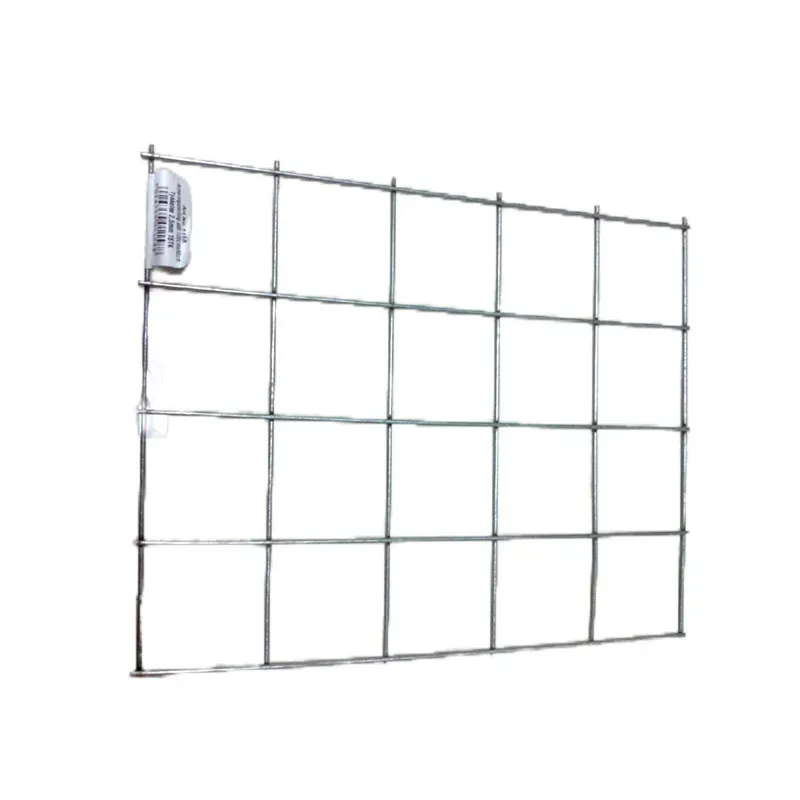Νοέ . 10, 2024 05:32 Back to list
Building a Durable Wire Basket Rock Retaining Wall for Landscape Stability
The Versatility and Functionality of Wire Basket Rock Retaining Walls
In the realm of landscape architecture and civil engineering, retaining walls have long served a critical purpose they provide structural support to resist the lateral pressure of soil. Among the plethora of materials and designs available, wire basket rock retaining walls stand out for their practicality, aesthetic appeal, and environmental benefits. This article explores the composition, advantages, applications, and installation process of wire basket rock retaining walls.
What is a Wire Basket Rock Retaining Wall?
A wire basket rock retaining wall, often referred to as a gabion wall, consists of wire mesh baskets filled with rocks, soil, or other granular materials. These baskets are typically made from galvanized steel or PVC-coated wire, which not only enhances durability but also protects against rust and corrosion. The rocks used can vary in size, shape, and type, allowing for a customizable appearance that can harmonize with the surrounding landscape.
Advantages of Wire Basket Rock Retaining Walls
1. Stability and Durability One of the foremost benefits of wire basket rock retaining walls is their ability to provide exceptional structural stability. The weight of the rocks combined with the flexibility of the wire mesh allows these walls to withstand considerable pressure from the soil behind them, making them effective in managing slopes and preventing erosion. 2. Environmental Benefits Wire basket walls are often regarded as an environmentally friendly building option. The porous nature of gabion structures allows water to flow through, significantly reducing the risk of hydrostatic pressure build-up. This permeability also means that they can support vegetation growth, which can further stabilize the surrounding soil while enhancing the aesthetic quality of the landscape.
3. Aesthetic Versatility The natural appearance of wire basket rock retaining walls allows them to blend seamlessly into various environments. The stones can be selected to complement the local scenery, and the open structure of the baskets makes it possible to incorporate plants or flowers. This adaptability has made gabion walls popular in gardens, parks, and residential landscapes.
4. Cost-Effectiveness Constructing wire basket rock retaining walls can be more economical than traditional concrete or masonry walls. The materials involved are often readily available, and the labor required for installation is generally less intensive. Moreover, the longevity of these walls means that they are a worthwhile investment over time.
5. Ease of Installation The installation of a wire basket rock retaining wall is relatively straightforward. It typically requires minimal machinery, and in many cases, can be completed without specialized construction skills, allowing property owners to take on the project as a DIY endeavor.
Applications of Wire Basket Rock Retaining Walls
wire basket rock retaining wall

Wire basket rock retaining walls can be utilized in various settings. In residential landscapes, they can be employed for terracing, creating pathways, or providing visual interest in gardens. On commercial and construction sites, they can mitigate soil erosion, stabilize slopes, and delineate property lines. Additionally, they have found uses in infrastructural projects—such as railway embankments and highway cuts—where soil stabilization is imperative.
Installation Process
The installation process for wire basket rock retaining walls generally involves several key steps
1. Site Preparation The area where the wall will be placed should be cleared of vegetation, debris, and loose soil. Proper drainage considerations must also be taken into account to prevent excessive water buildup behind the wall.
2. Base Construction A solid foundation is crucial for the longevity of the wall. A trench or level base may need to be dug or built up to ensure stability.
3. Wire Basket Assembly The wire mesh baskets are assembled on-site, either by connecting prefabricated components or by cutting and shaping the mesh as needed.
4. Filling the Baskets Once the baskets are in place, they are filled with selected rocks. It is important to properly fill and compact the baskets to minimize movement.
5. Finishing Touches Once the wall is filled, any necessary drainage solutions can be added, and additional landscaping can be incorporated to enhance the overall appeal of the project.
In conclusion, wire basket rock retaining walls offer a perfect blend of functionality, aesthetic appeal, and environmental sustainability. Their versatility allows them to be used in a variety of applications, making them an essential tool for landscape architects and builders alike. As the need for effective erosion control and structural support continues to grow, it is likely that these innovative walls will remain a popular choice in construction and landscaping projects.
-
Reliable Nails for Every Construction Project
NewsJun.10,2025
-
Reliable Iron Nails for Every Project
NewsJun.10,2025
-
Razor Wire Solutions for Enhanced Security
NewsJun.10,2025
-
Hydraulic Hose Ferrule Fittings: Key to a Strong Hydraulic System
NewsJun.10,2025
-
Field Fencing: Secure Your Property with the Best Solutions
NewsJun.10,2025
-
Euro Fences: The Ultimate Choice for Security and Style
NewsJun.10,2025









